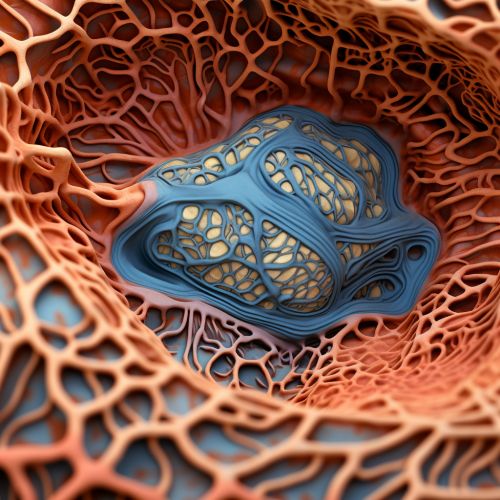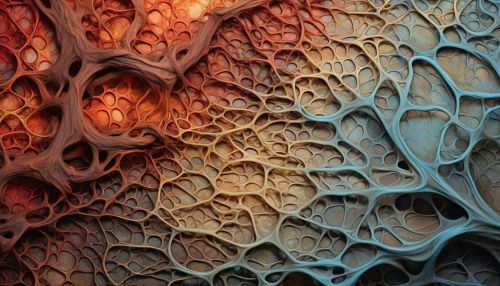Entorhinal Cortex
Overview
The entorhinal cortex (EC) is a significant region of the brain associated with memory and navigation. It is located in the medial temporal lobe and functions as a hub in a widespread network for memory, navigation and the perception of time. The EC is the main interface between the hippocampus and neocortex. The EC-hippocampus system plays a key role in declarative (conscious) memories and in particular spatial memories including memory formation, memory consolidation, and memory optimization in sleep.


Anatomy
The entorhinal cortex is located in the medial temporal lobe and is made up of two main parts: the medial entorhinal cortex (MEC) and the lateral entorhinal cortex (LEC). The MEC contains a high concentration of grid cells, which are used in spatial navigation, while the LEC is responsible for processing non-spatial and object information. The EC is one of the first regions to be affected by neurodegenerative diseases such as Alzheimer's.
Function
The entorhinal cortex is a critical gateway for information traveling to and from the hippocampus. It receives inputs from various cortical areas and sends outputs to the hippocampus through the perforant path. The EC plays a crucial role in memory formation and consolidation, as well as spatial navigation. It is also involved in the perception of time and the integration of sensory inputs.
Clinical Significance
The entorhinal cortex is one of the first areas of the brain to be affected in Alzheimer's disease, and damage to this area can cause memory loss and disorientation. Research has shown that the EC may also be involved in other neurological conditions, such as epilepsy, schizophrenia, and Parkinson's disease.
Research
Research on the entorhinal cortex has focused on its role in memory and spatial navigation, as well as its involvement in neurological diseases. Recent studies have also explored the EC's role in the perception of time and multisensory integration.
